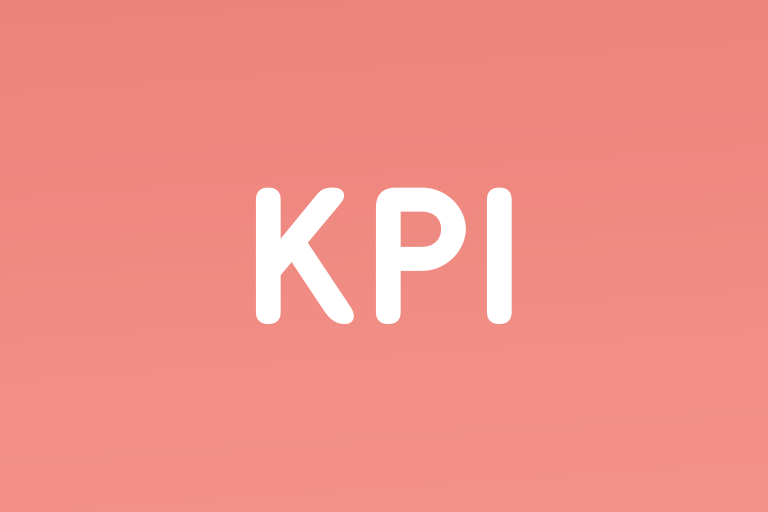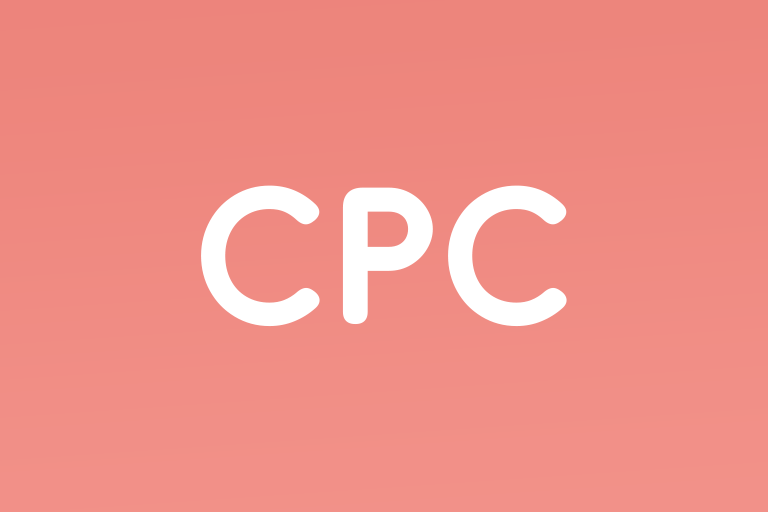Introduction
Pay-Per-Click (PPC) advertising is a dynamic and measurable way to drive targeted traffic to your website. However, the success of PPC campaigns isn't just about getting clicks—it's about understanding and optimizing PPC performance. This article will dissect the concept of PPC performance and the critical metrics that advertisers must monitor to ensure their campaigns are yielding the desired results.
What is PPC Performance?
PPC performance is the measure of how effectively a PPC campaign achieves its objectives, such as generating leads, sales, or brand awareness. It involves analyzing various metrics that reflect the efficiency and profitability of paid advertising efforts.
The Importance of Understanding PPC Performance
Comprehending PPC performance is vital for marketers looking to maximize their advertising spend. It provides insights into what is working well and what areas need improvement. By optimizing PPC campaigns based on performance data, businesses can increase ROI and achieve their marketing goals more efficiently.
Impact and Importance of Each PPC Metric
1. Click-Through Rate (CTR)
CTR is the ratio of users who click on an ad to the number of total users who view the ad (impressions). It's a clear indicator of how relevant and enticing your ad is to your target audience. A higher CTR often correlates with better campaign performance and can lead to reduced CPC.
2. Conversion Rate
Conversion rate is the percentage of clicks that lead to a desired action, such as a sale or a sign-up. This metric is crucial for understanding the effectiveness of your ad in driving not just traffic, but valuable actions that contribute to your business goals.
3. Cost Per Click (CPC)
CPC measures the average cost paid for each click on your PPC ads. This metric helps manage the budget and understand the cost-effectiveness of campaigns. Lowering the CPC while maintaining or improving ad quality can significantly improve campaign profitability.
4. Quality Score
Quality Score is a Google Ads metric that assesses the quality and relevance of your ads, keywords, and landing pages. A higher Quality Score can lead to lower costs and better ad positions, making it a key factor in PPC performance.
5. Ad Position
Ad position indicates where your ad appears on the search engine results page. Ads in higher positions are more likely to be seen and clicked on by users. Securing a top position can increase visibility and CTR, but it's also important to consider the cost and potential ROI of these top spots.
6. Cost Per Conversion
Cost Per Conversion measures the cost of acquiring a customer through your PPC campaign. It's essential for tracking the direct financial impact of PPC ads and for calculating the overall ROI of the campaign. Lowering the Cost Per Conversion means you're getting more value for your advertising spend.
Conclusion
PPC performance metrics are the compass that guides advertisers through the complex terrain of paid search marketing. By closely monitoring CTR, conversion rate, CPC, Quality Score, ad position, and Cost Per Conversion, marketers can fine-tune their campaigns for optimal performance, ensuring that every dollar spent is an investment towards achieving their marketing objectives.






